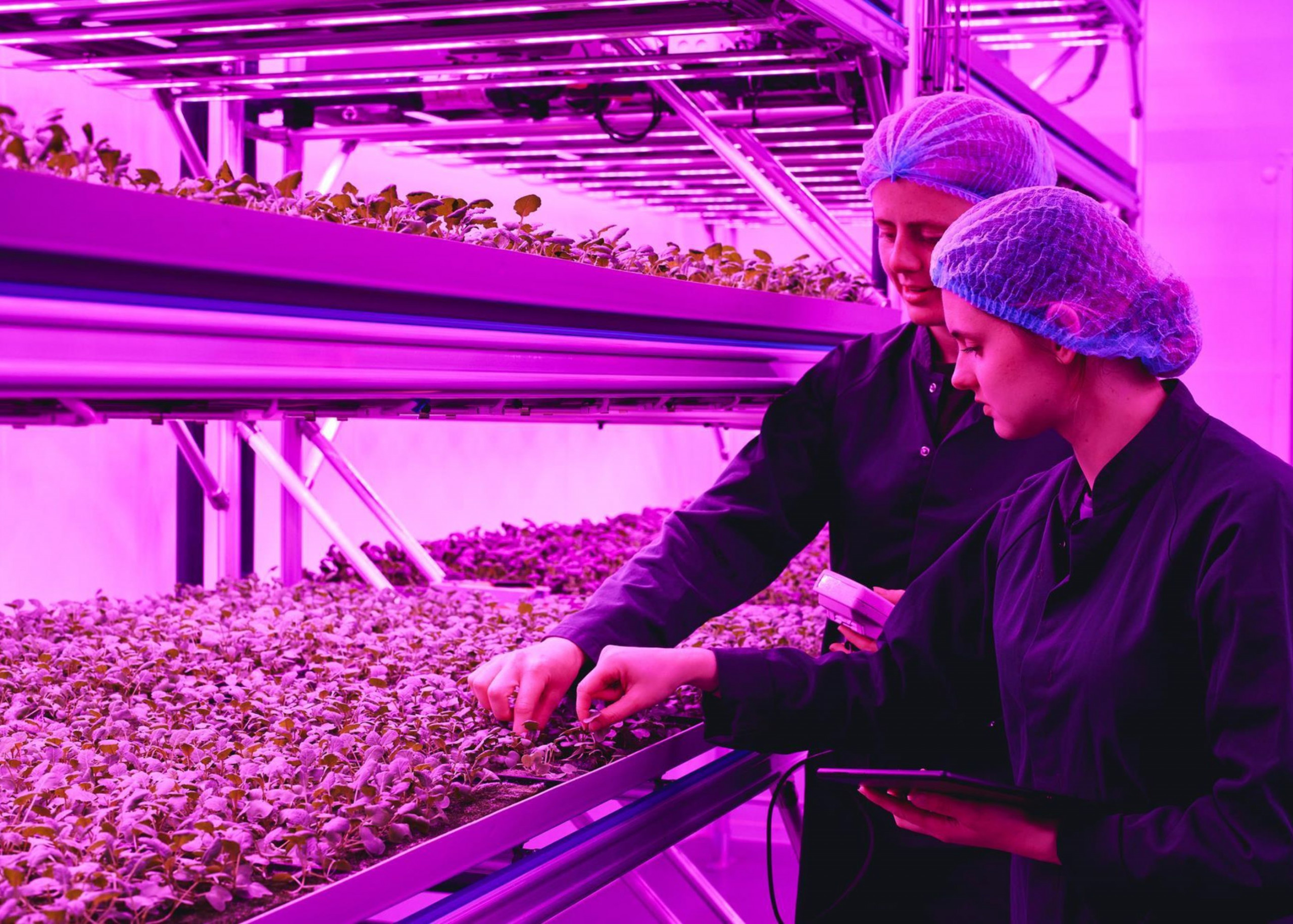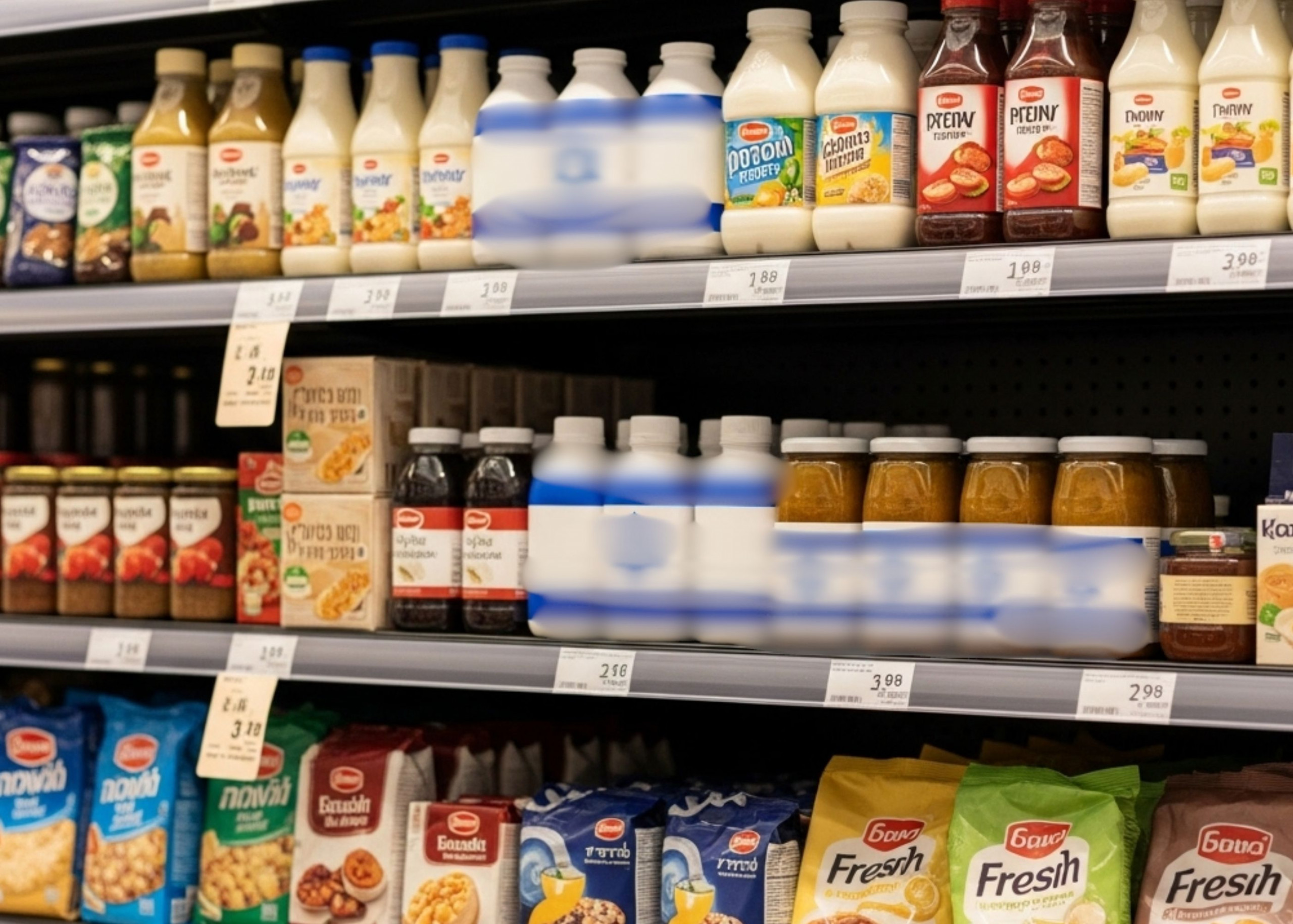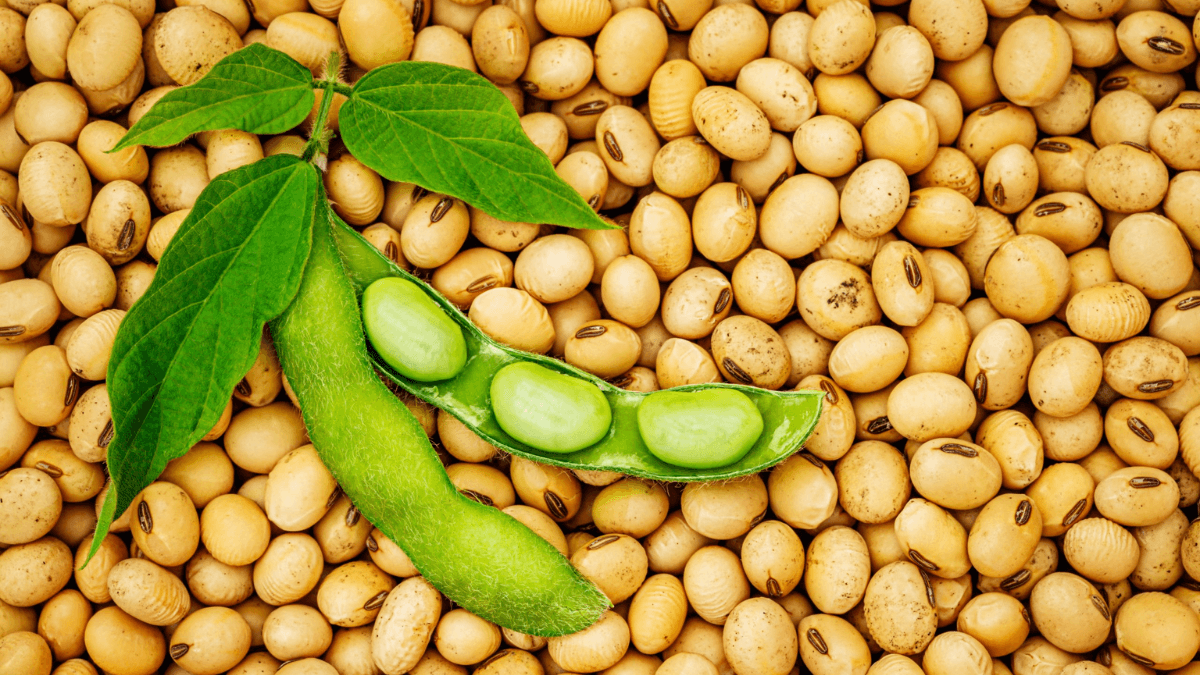News in Brief:
– New research indicates that mycotoxins in poultry feed cause losses, potentially exceeding $189,000 annually, for medium-sized farms, and increase their carbon footprint.
– This contamination, particularly prevalent in countries like Nigeria, reduces food production and profit, increases food waste, and threatens food safety and bird health
New research from Queen’s University Belfast reveals that mycotoxins, harmful chemicals found in contaminated crops, are imposing significant financial and environmental costs on the global poultry sector.
These toxins, present in animal feed, could be costing poultry businesses upwards of $189,000 annually in losses for a medium-sized operation.
Mycotoxin: a challenge to poultry farming
The study highlights that mycotoxins in feed present a substantial challenge for livestock farmers worldwide. The study revealed that it can lead to reduced profitability, increased food waste, and decreased overall food production. It further noted that even minute levels of mycotoxins were found to increase the carbon footprint of poultry production by over 8%.
For Nigeria, where poultry farming is a cornerstone of agricultural livelihood and food security, this is a serious challenge.
Studies indicate widespread mycotoxin contamination in Nigerian poultry feed, with aflatoxins and fumonisins frequently exceeding permissible limits due to the country’s humid climate and common storage practices. One report claimed Nigeria lost ₦617 billion due to mycotoxins exceeding safe limits in non-oil exports over nine years
Subsequently, this contributes to significant economic losses for local farmers and poses a constant threat to food safety.
Beyond economic implications, mycotoxin contamination has been shown to diminish feed efficiency by as much as 10%, and the toxins also negatively impact bird health, potentially increasing mortality rates.
Quantifying the Unseen Impact
Professor Chris Elliot, from the School of Biological Sciences and Institute for Global Food Security at Queen’s University, Belfast, stressed the importance of this research.
While the detrimental effects of mycotoxins have been extensively studied, he noted a previous lack of comprehensive research quantifying their combined economic and environmental impacts.
“This study is extremely significant as it addresses an important research gap by evaluating the potential economic and environmental consequences of the rearing of chickens specifically for meat consumption using mycotoxin-contaminated feeds, a widespread issue globally,” Professor Elliot stated.
Furthermore, he said that addressing mycotoxin contamination in common feed crops like wheat, maize, and soybean is crucial for achieving sustainable, low-carbon, and profitable poultry production.
Environmental Footprint and Future Outlook
The study included contributions from DSM-Firmenich Animal Nutrition and Health, BOKU University in Vienna, and the Austrian Competence Centre for Feed and Food Quality, Safety and Innovation.
Professor Rudi Krska, a co-author from Queen’s and BOKU University, believes the study’s findings will significantly influence how the agri-food industry perceives low-level mycotoxin contamination.
“These data are of substantial importance to the poultry industry, and we envisage that they will drive economic and environmental sustainability of the world’s most widely consumed animal protein. We believe that farmers, consumers, and the planet will all benefit,” Professor Krska commented.



